Every salesperson would love for every lead to be warm so they could have an easier time starting off the relationship. But we can’t always get what we want, can we? "Cold" outreach is just a part of the process, and it’s often done through cold emails. But how do you do this the right way?
Having a great template for your cold emails can help you prepare for success in your cold outreach efforts. Let's start by defining what a cold email is, then we can look at some best practices and templates that follow them so you can make the best cold emails for your outreach.
What Is a Cold Email?
You’re familiar with cold calling, right? Wherein you (or a member of your team) call a prospect without prior contact? Cold emailing the same principle but on a different channel.
Any time you email someone that you don’t know for a specific purpose, you’re cold emailing. Whether you’re looking to gain a sale, ask a favor, or open an opportunity, that initial email to an unaffiliated person counts as being a piece of cold contact outreach.
It can feel a bit odd utilizing this practice if you're used to inbound marketing strategies that heavily emphasize "warm" outreach, but it has its advantages – especially in sales.
Cold Email Best Practices to Follow
Now, it’s absolutely critical that you follow best practices for this tactic. Otherwise, your cold email results will suffer and you’ll likely just pester your audience. Here are some things to keep in mind when sending out cold emails:
Subject Lines Should Be Enticing.
Your subject line decides whether your email will be opened or not, and with cold emails, that’s a pretty big gamble. In order to get the recipient to engage, you need to be strategic and creative when deciding on a line.
Focus on sparking curiosity in order to entice recipients to open your cold emails.
Email Body Copy Should Be Lean.
When you send a cold email to prospects, the assumption should be that they don't have a lot of time to read it. According to research by Litmus, the average amount of time that an email subscriber will spend reading an email they subscribed to is about nine seconds in 2022—which is down from 13.4 seconds in 2018. Imagine how quickly a cold contact will skim an email they weren't expecting!
Assuming the receiver was struck by the subject line and opened the email, the next goal should be to make sure that they don’t immediately leave it. And it can be almost guaranteed that they will if they see a wall of text.
You should keep your email body as short as possible, while still maintaining proper structure:
- Introduction: Greet the reader and introduce yourself.
- Body: State your purpose quickly and clearly. Try to include a short and impactful statement that's relevant to your ideal customer profile's pain points. Messaging that resonates with their needs will perform better than pure fluff.
- Salutation: Wrap it up with a thank you and your contact info.
Allow for an easy read with white space, short sentences, and content that’s purposeful but not overly verbose.
Even Cold Emails Should Be Personalized.
You want your email to be short and sweet, but don’t ignore the emphasis on sweet.
Personalizing an email can validate a prospect and make them feel more comfortable engaging with you. No one wants to be generalized as just another lead or sale.
Use whatever information you may have on the prospect to warm them up: their name, position, company, etc. It’ll let them know that you have a true interest in them as an individual. If you can bring up pain points specific to their situation, all the better, as this can be great for grabbing their attention!
Speaking of focusing on pain points...
Every Interaction Should Be Relevant.
If you’re reaching out to a prospect, you should already have some insights into what their interests are. In the same way that you want to personalize the email, you should also customize it to be related to how you can help them (or vice versa).
It only takes a quick click to delete an irrelevant email. Of course, you want to avoid falling into that trash bin, so make sure that you’re getting straight to the point that the prospect is going to be interested in.
Credibility Should Be Built In.
No matter what you are offering or asking for, your pitch only carries as much weight as the credibility you establish with your audience.
Providing your name and company isn’t enough to justify interacting with your email. This is especially true if you’re asking the recipient to feature or endorse your content or brand in any way.
Include some sort of credentials or social proof to display what value there is to building a relationship between the two of you.
For example, do you have a high subscriber count? Have you worked with other respectable businesses in your industry? Have you generated positive results for those businesses?
Don’t be afraid to name-drop others or highlight your successes, but make sure you don’t come across as a braggart.
Following Up Should Be a Habit.
It’s nearly impossible to spark a lasting relationship within just a single interaction. In order to establish trust, learn more about one another, identify goals and desires, and build rapport, you’re going to need to follow up. Multiple times.
It’s hard to remember everything you consume online nowadays, and the same goes for your email recipients. It’s ok to touch base and send a reminder.
And it doesn’t always have to be a sales pitch either. If they’ve mentioned a significant event in conversation at some point, that’s an excellent opportunity to reach out.
Being conscious of all of these best practices when crafting an email can be a bit of a task, so if you’re looking to save some time, using a few cold email templates may be your best bet.
18 Cold Email Templates You Need to Try
Email templates can remove a step or two from the cold mailing process as you pursue new leads, saving you time and helping you stay organized. These cold email templates will help you get your campaigns headed in the right direction toward success.
General Cold Email Templates
These examples work best for those initial emails sent out with the purpose of starting a conversation.
Example 1:
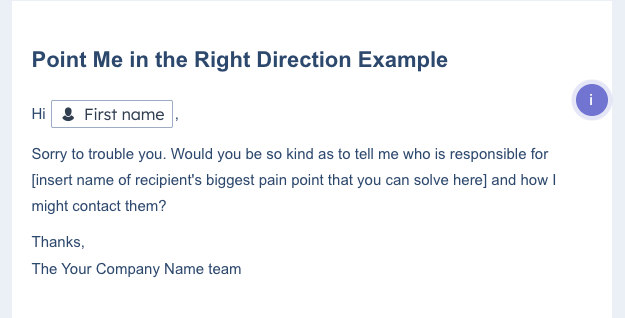
Example 2:
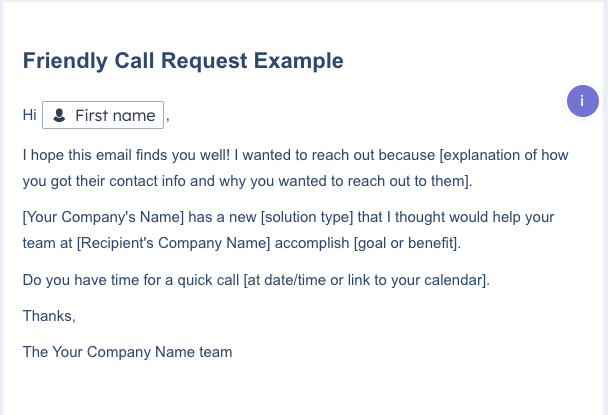
Example 3:
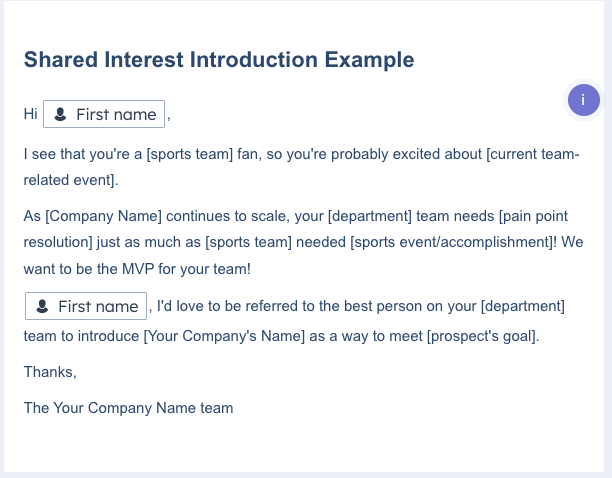
Example 4:
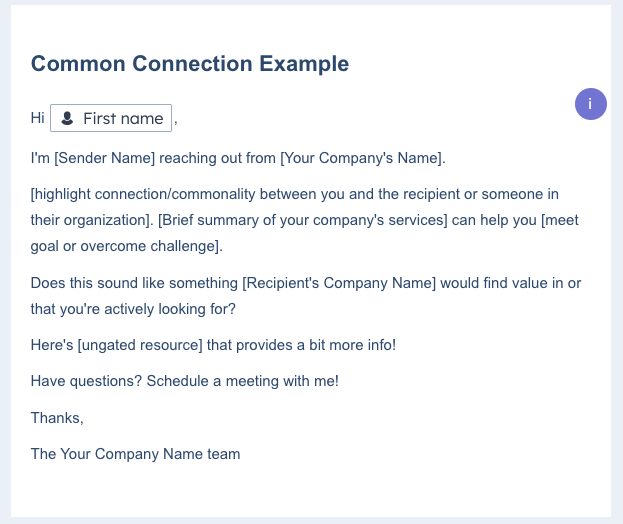
Example 5:
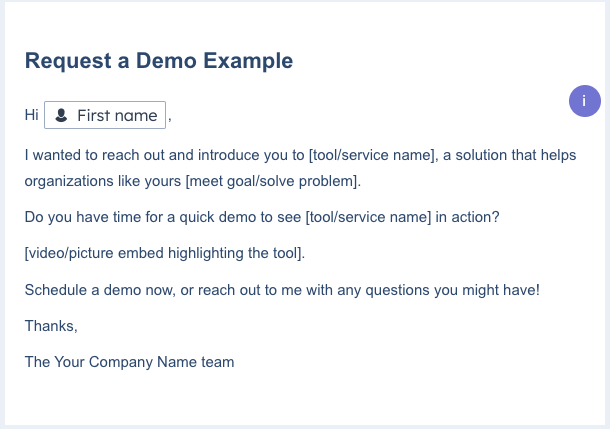
Example 6:
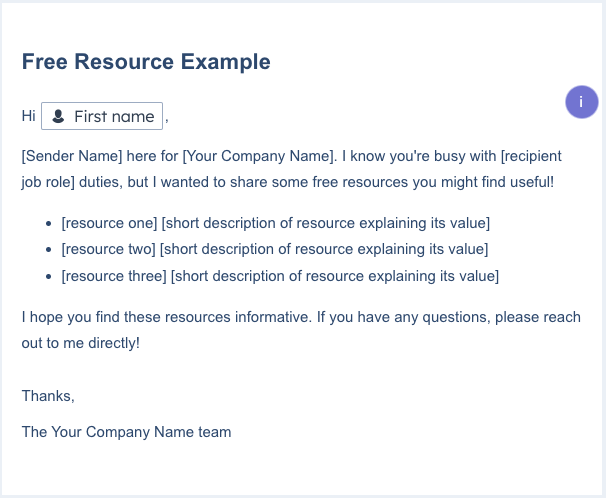
Templates for Cold Emails to Decision Makers
Sometimes, if you've done your research, you know how to get straight to the top. Here are a few examples of emails that are tailored more toward business decision-makers.
Example 7:

Example 8:
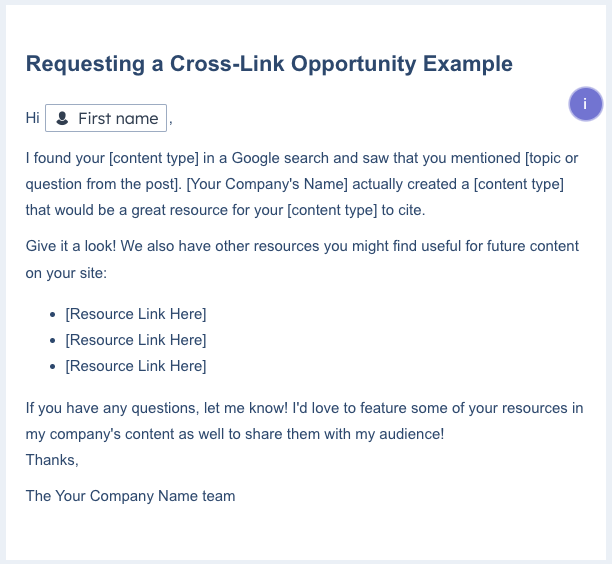
Example 9:
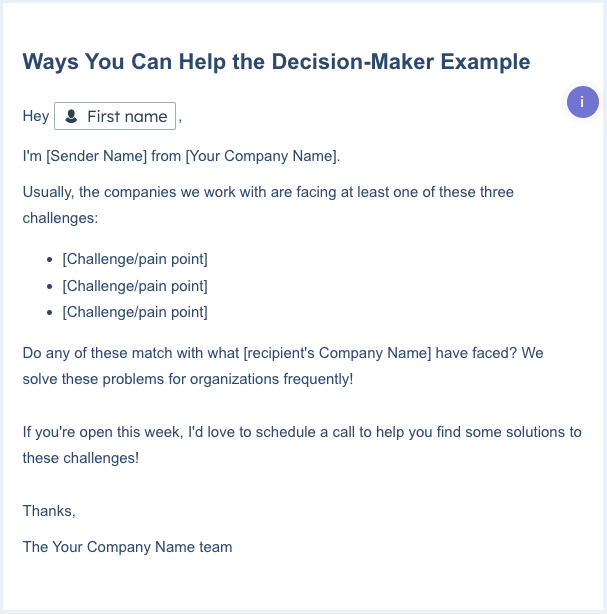
Example 10:
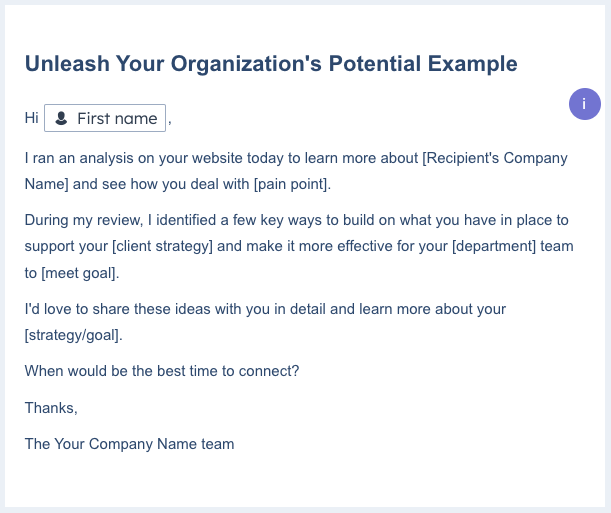
Example 11:
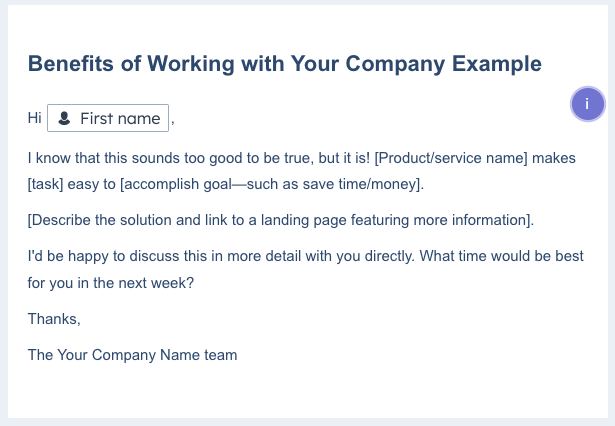
Example 12:
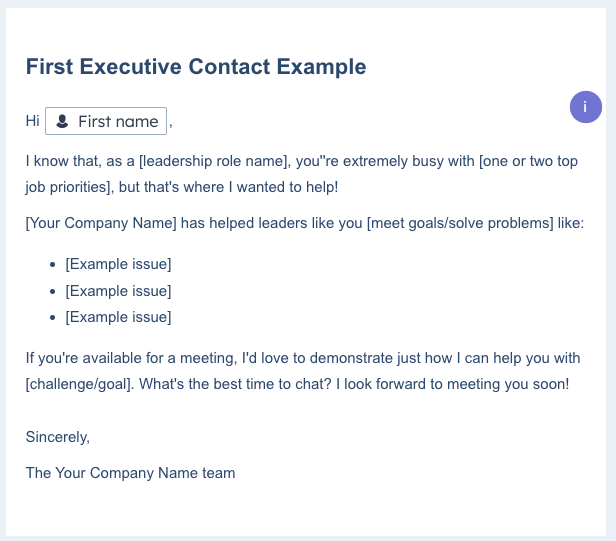
Follow-Up Email Templates
It isn't all that rare to have a lead go quiet on you. That doesn't necessarily mean that they're no longer interested though. Win their attention again with one of these templates.
Example 13:
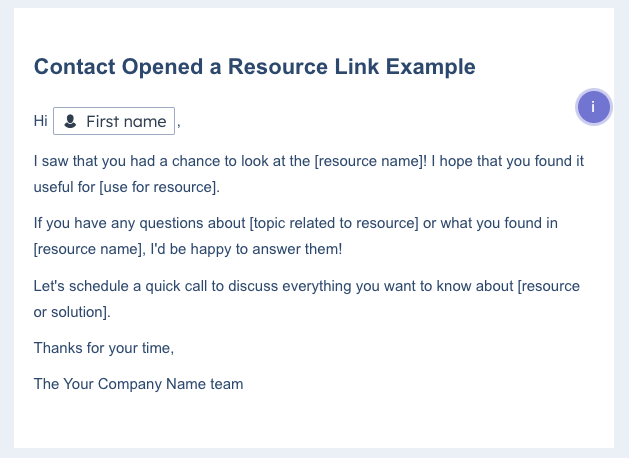
Example 14:
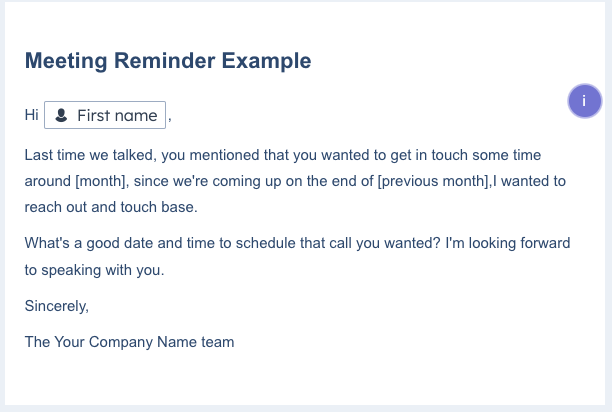
Example 15:
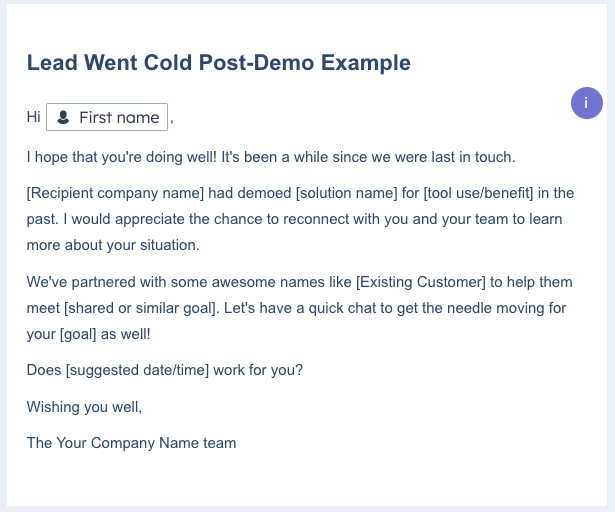
Example 16:
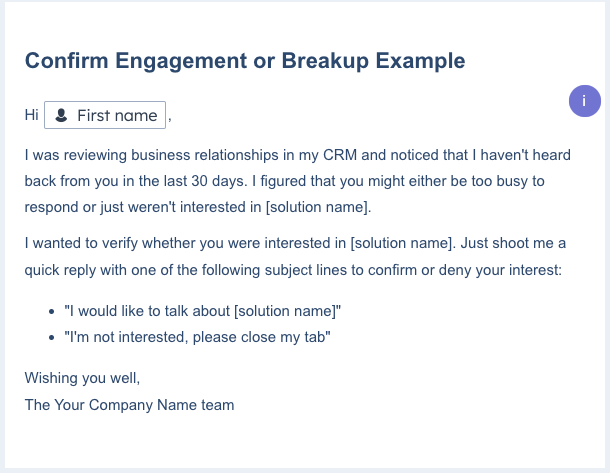
Example 17:
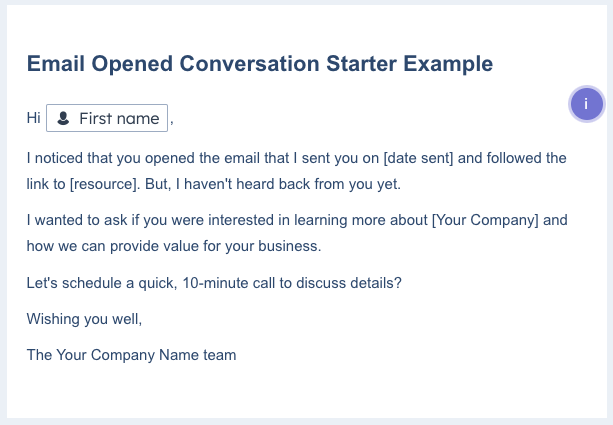
Example 18:
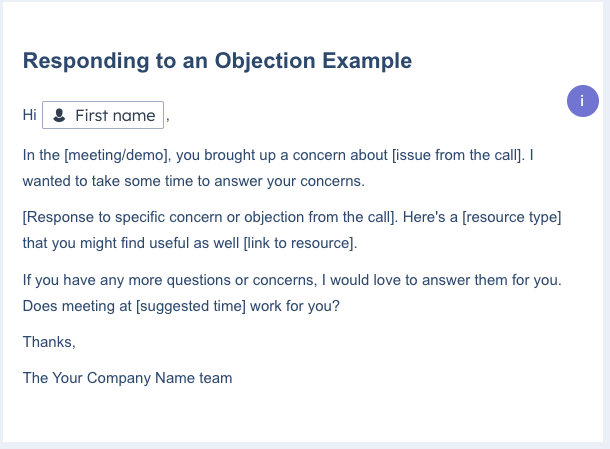
Even if you don’t use these exact cold email templates, hopefully, you can use them to pull some inspiration and spark your creative juices. Just make sure that you’re always customizing and tailoring them to match your voice and your brand.
Cold outreach can be tricky, but it’s that "you" aspect that will warm your leads up.

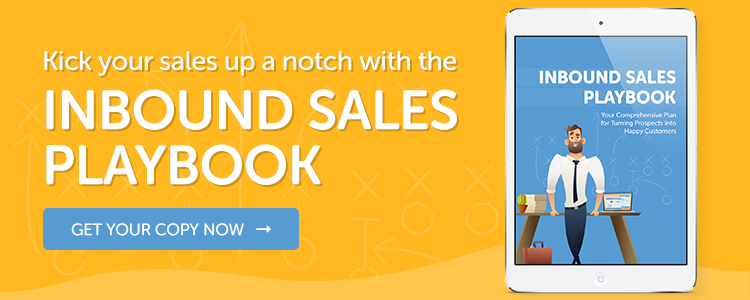
Douglas Phillips
Former military brat, graduated from Leilehua High School in Wahiawa, Hawaii in 2001. After earning my Bachelor's in English/Professional Writing, took on a job as a writer here at Bluleadz.